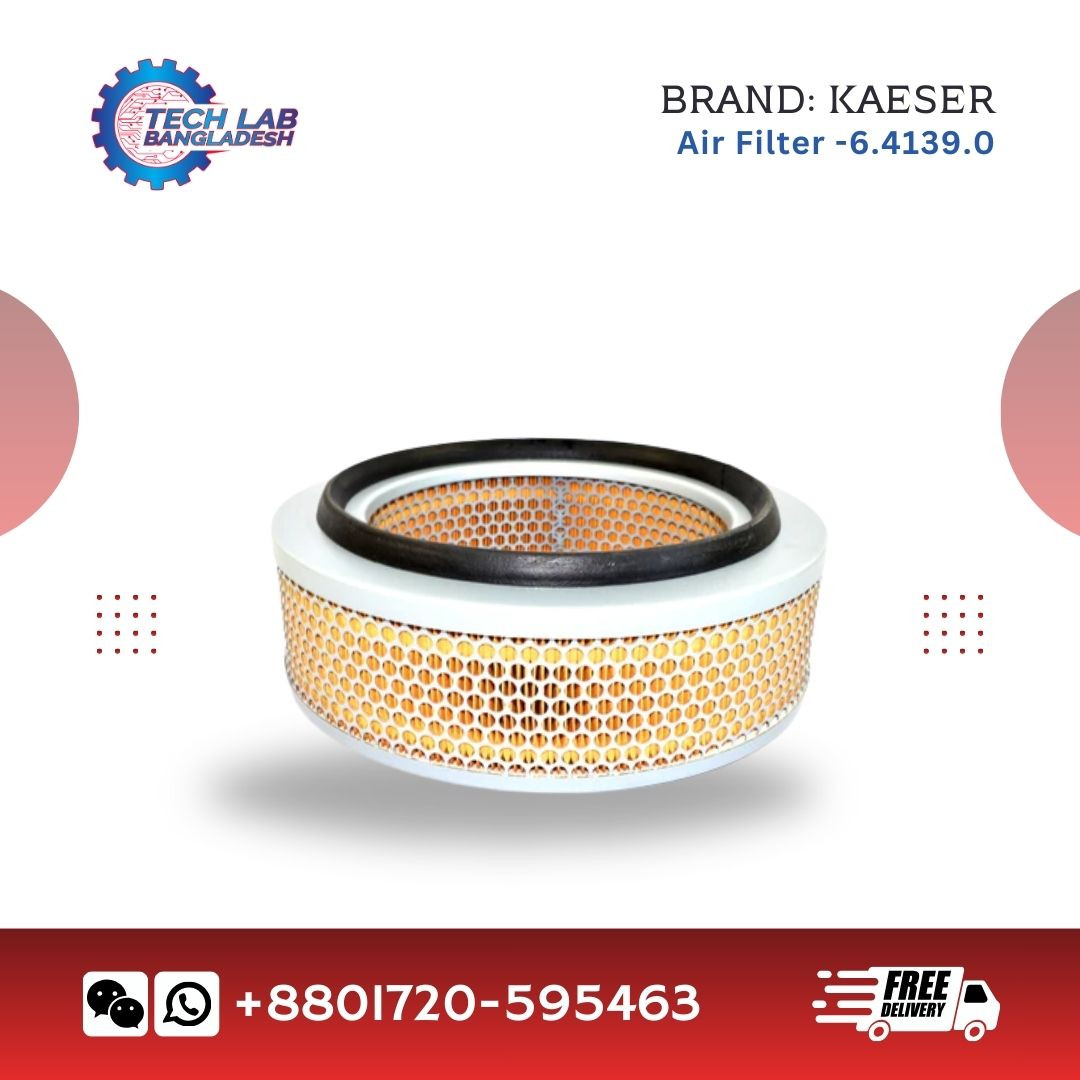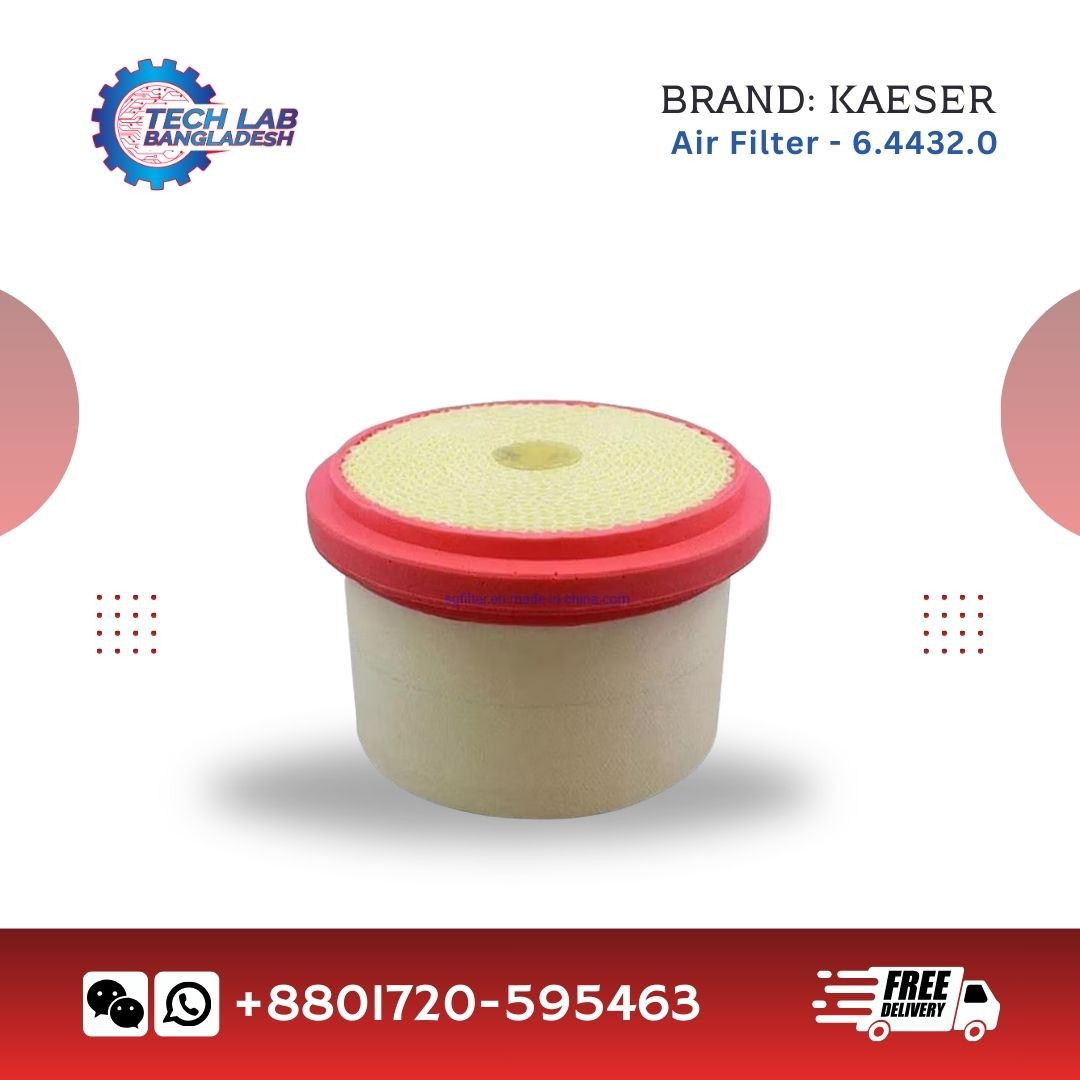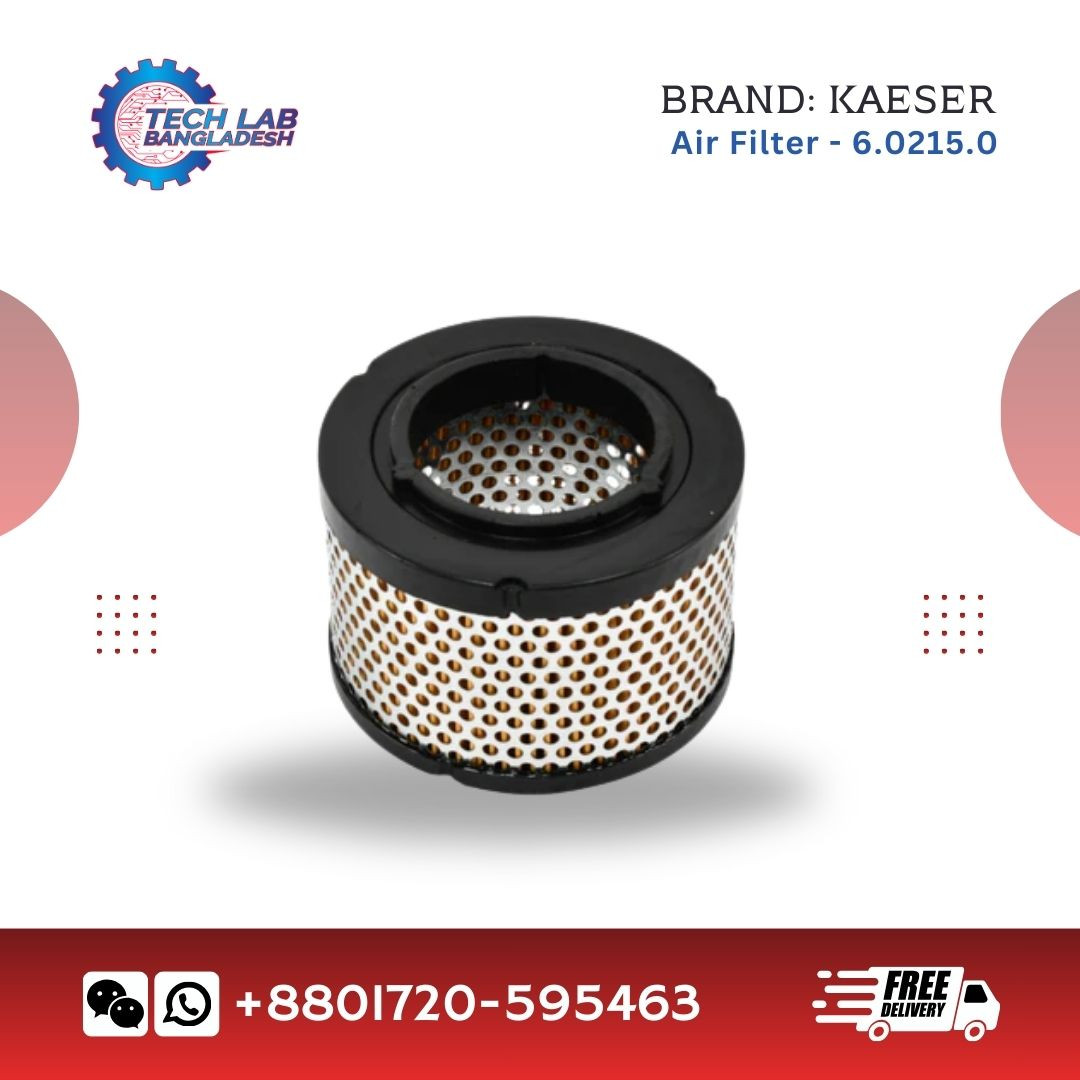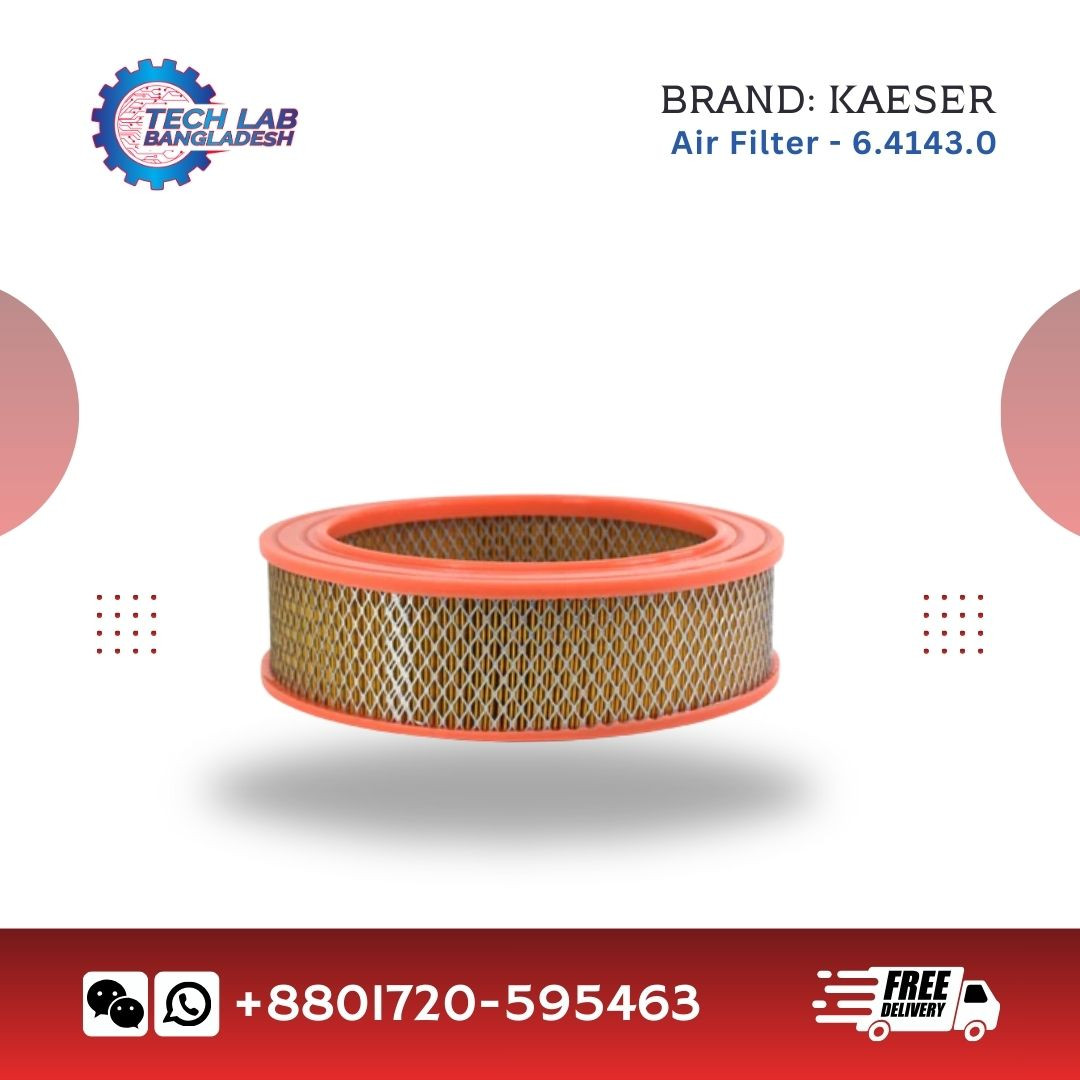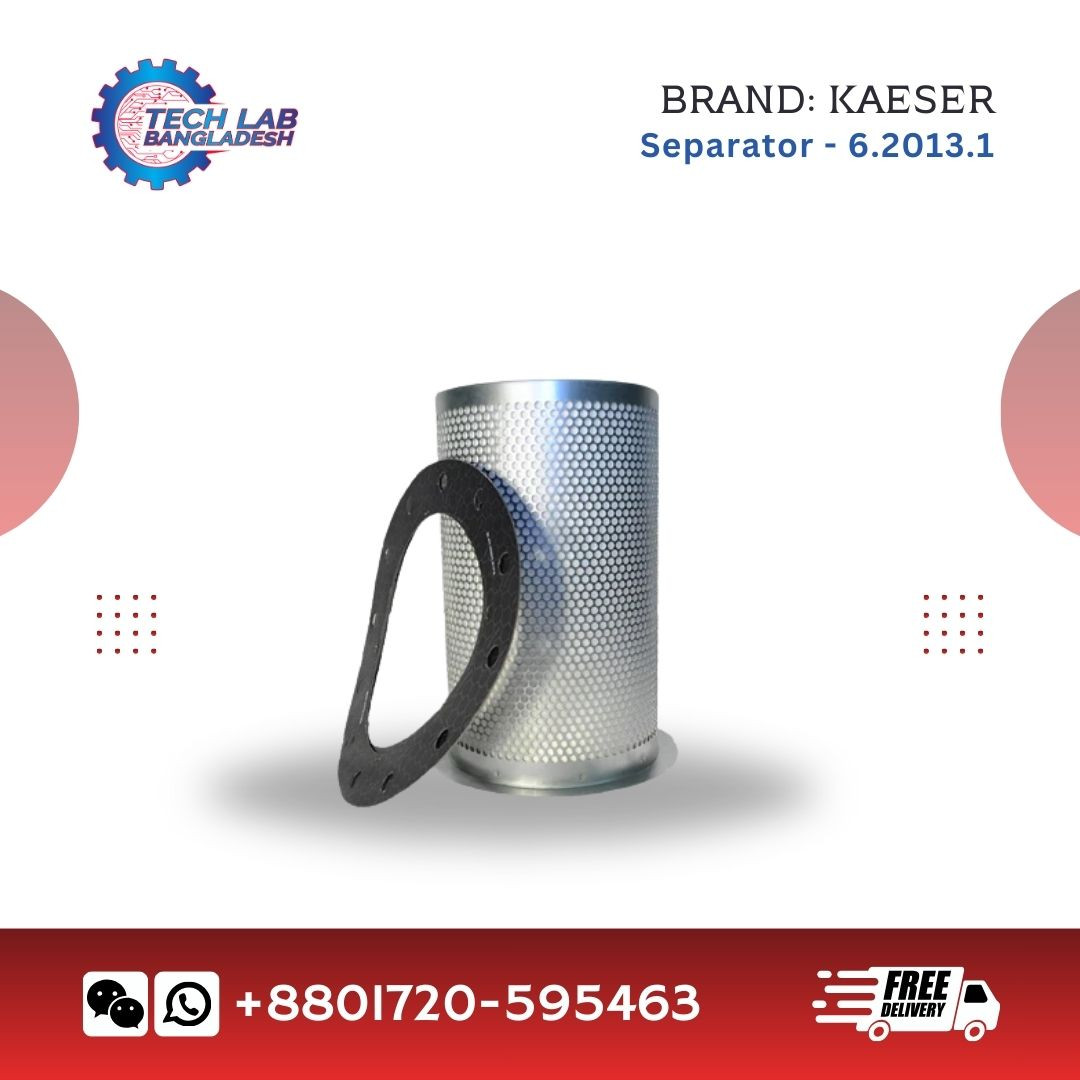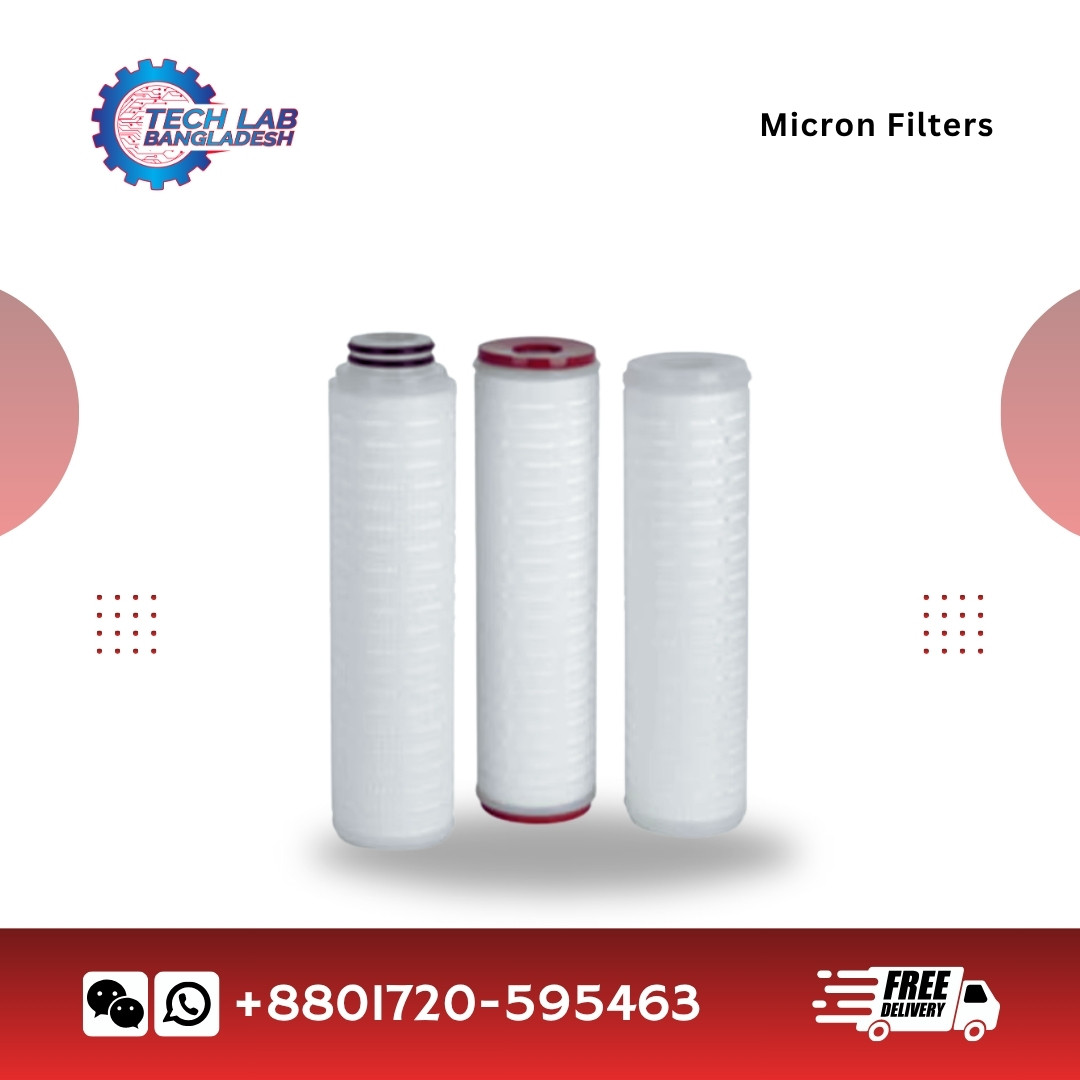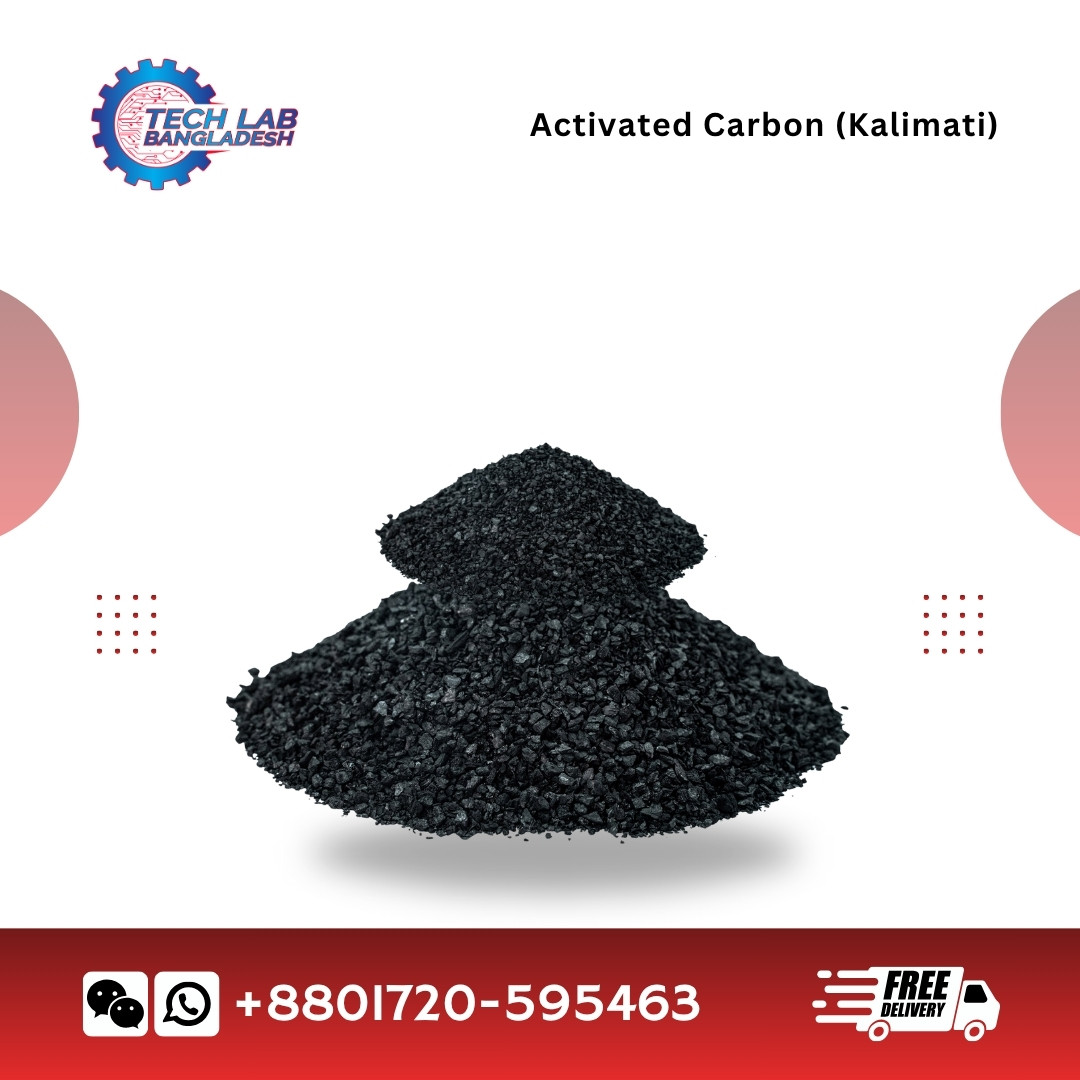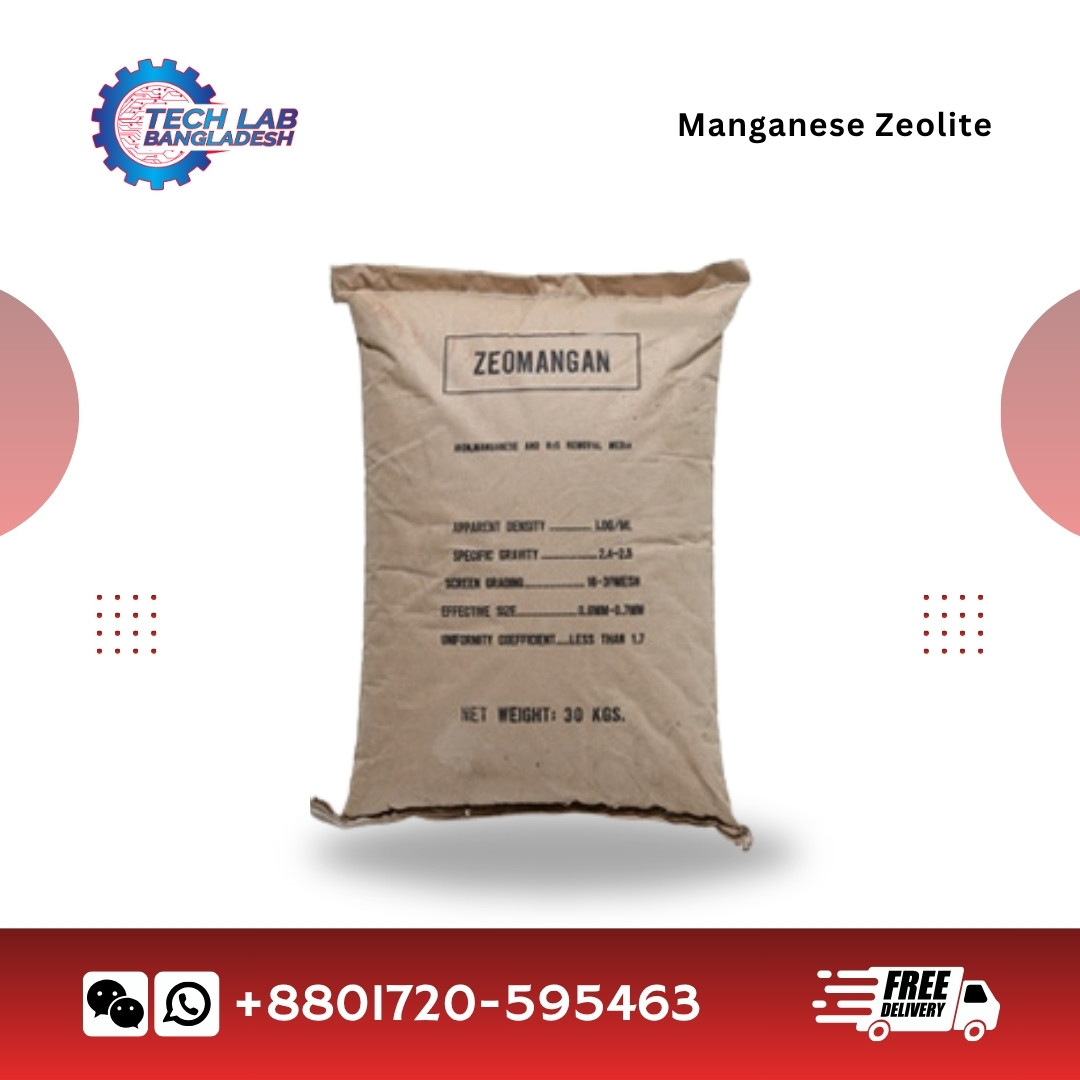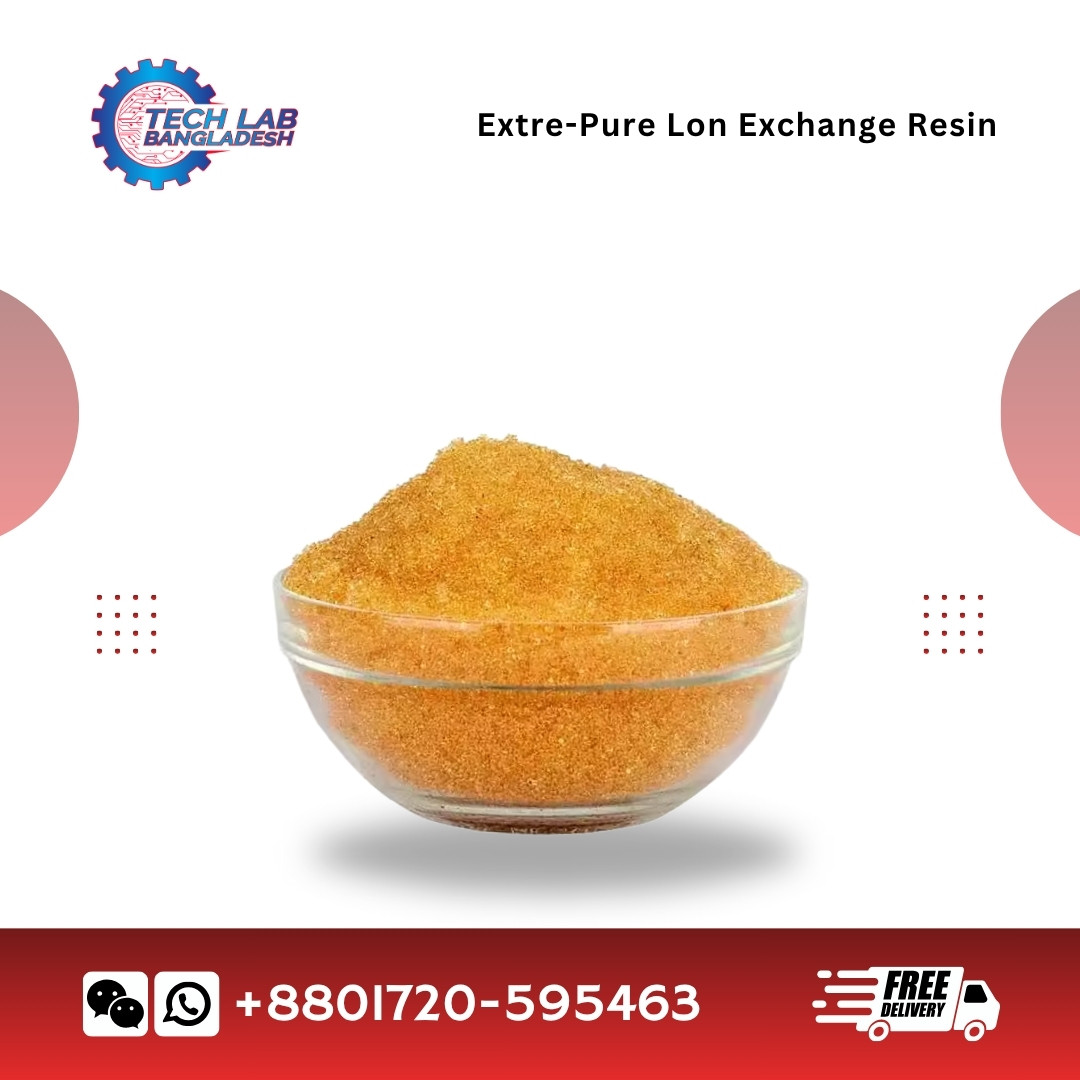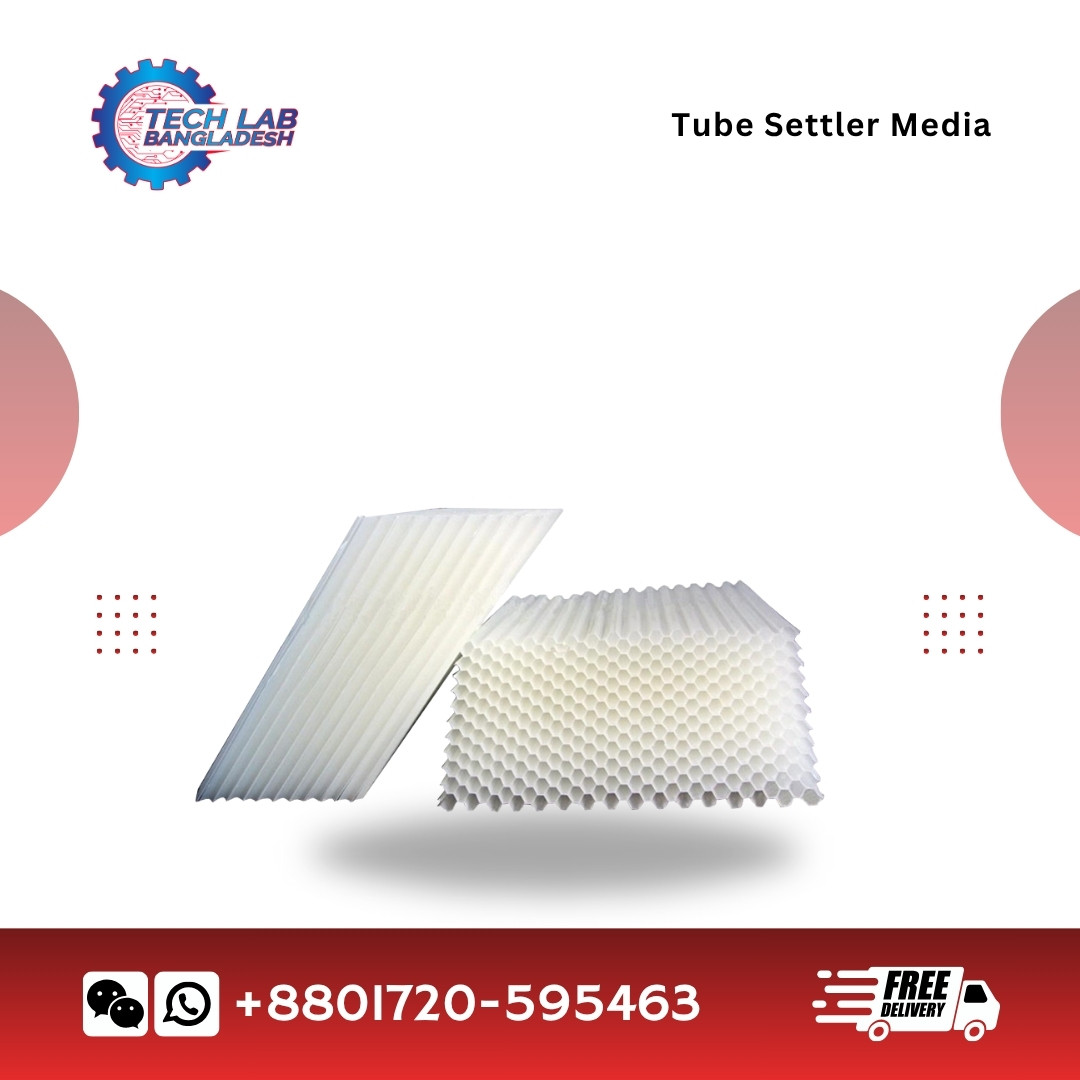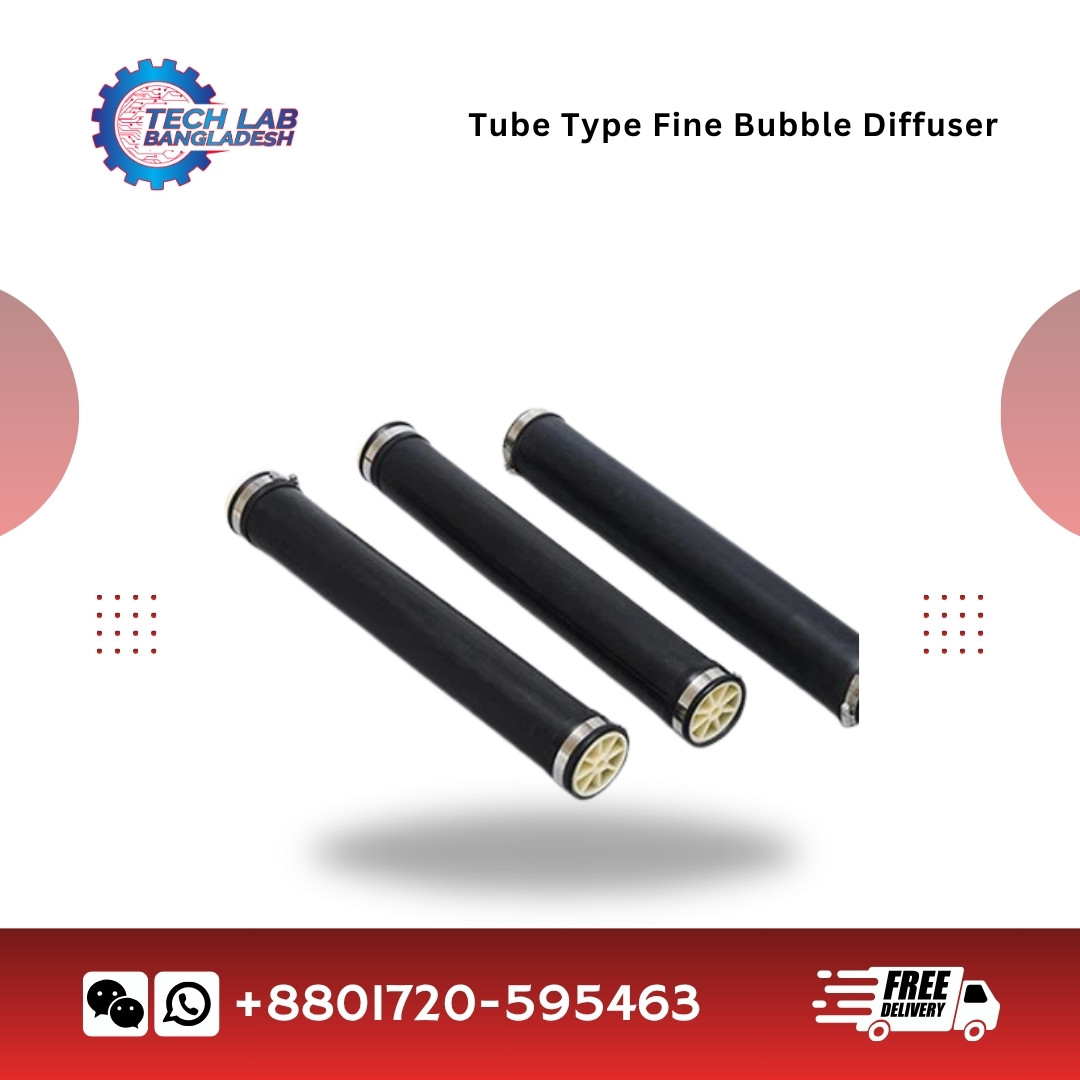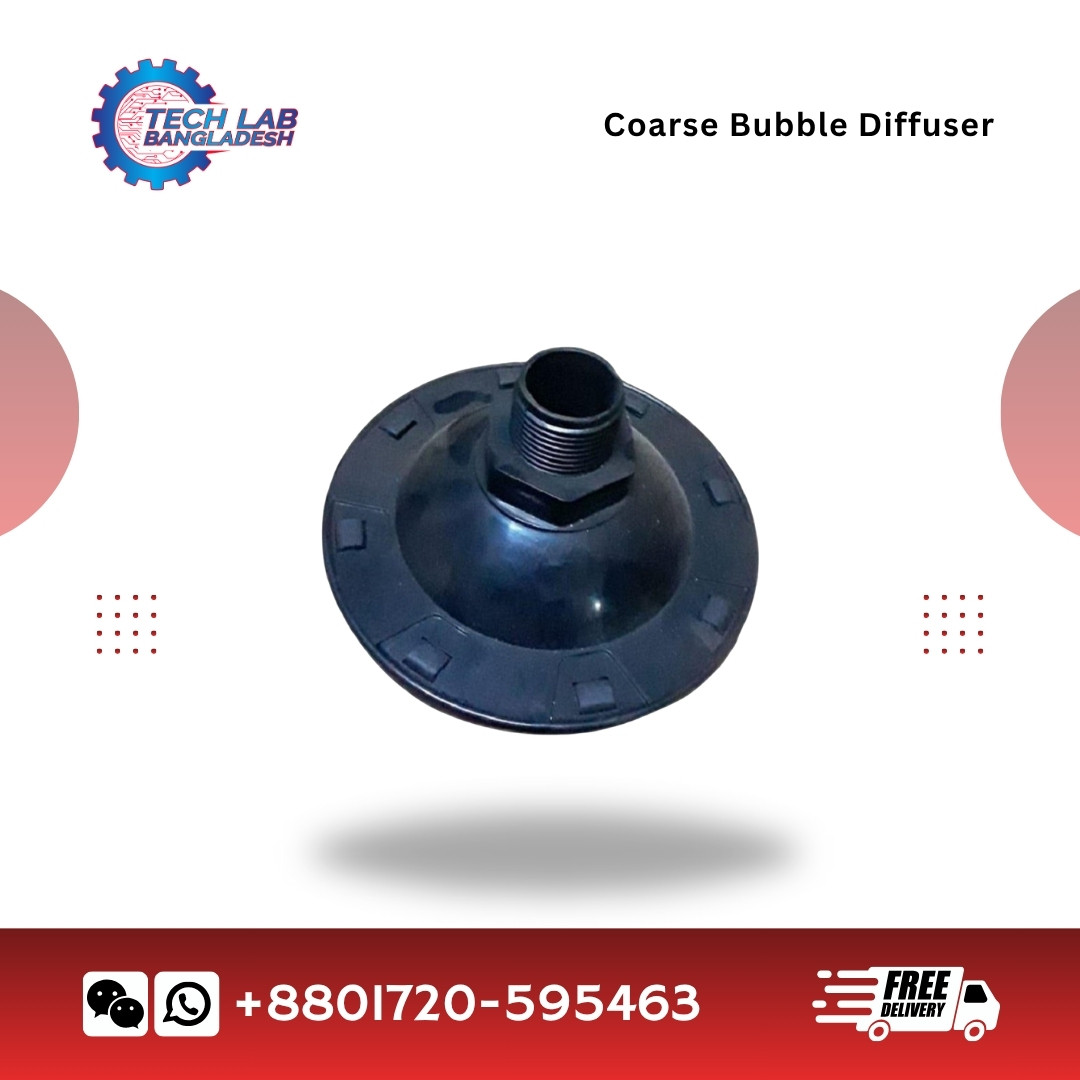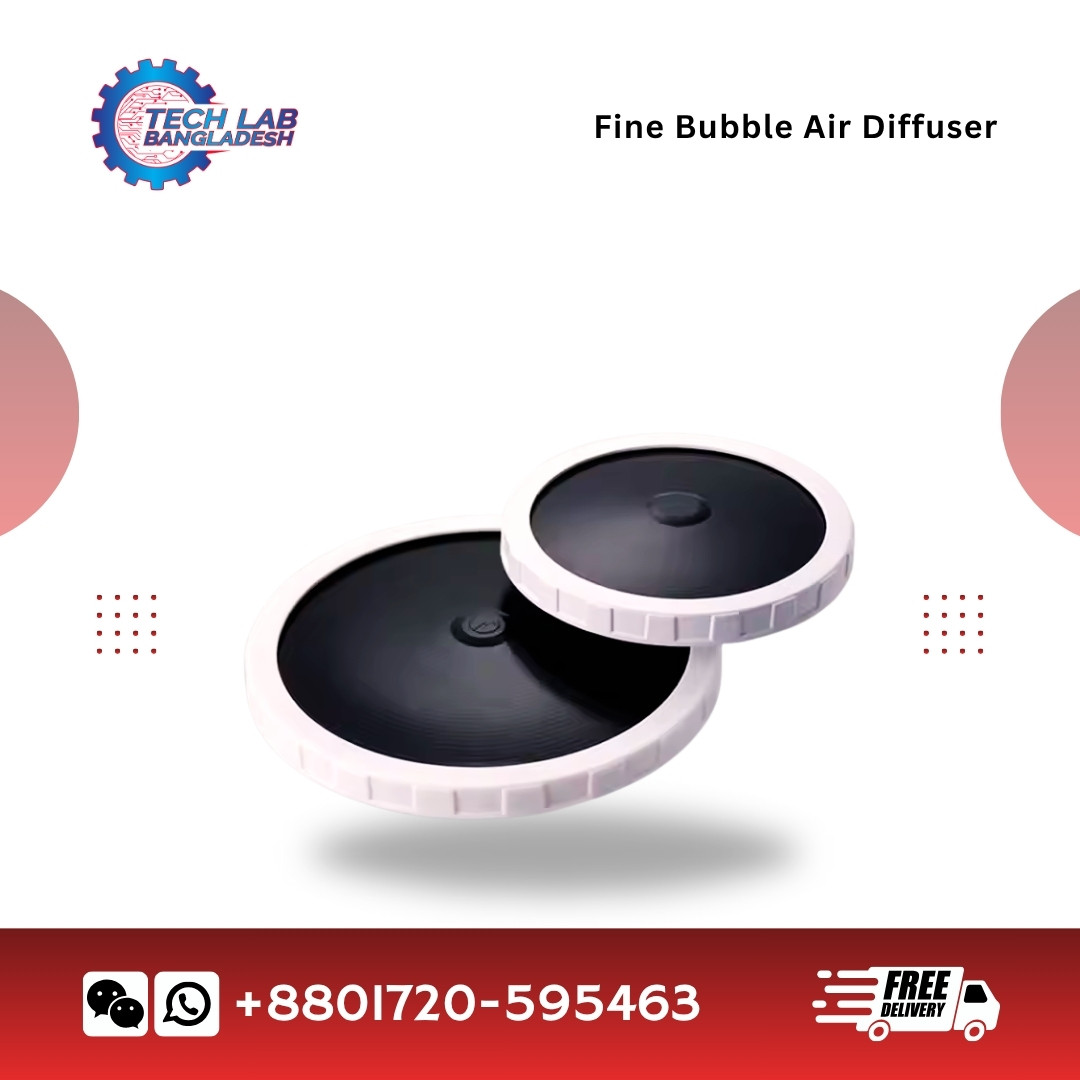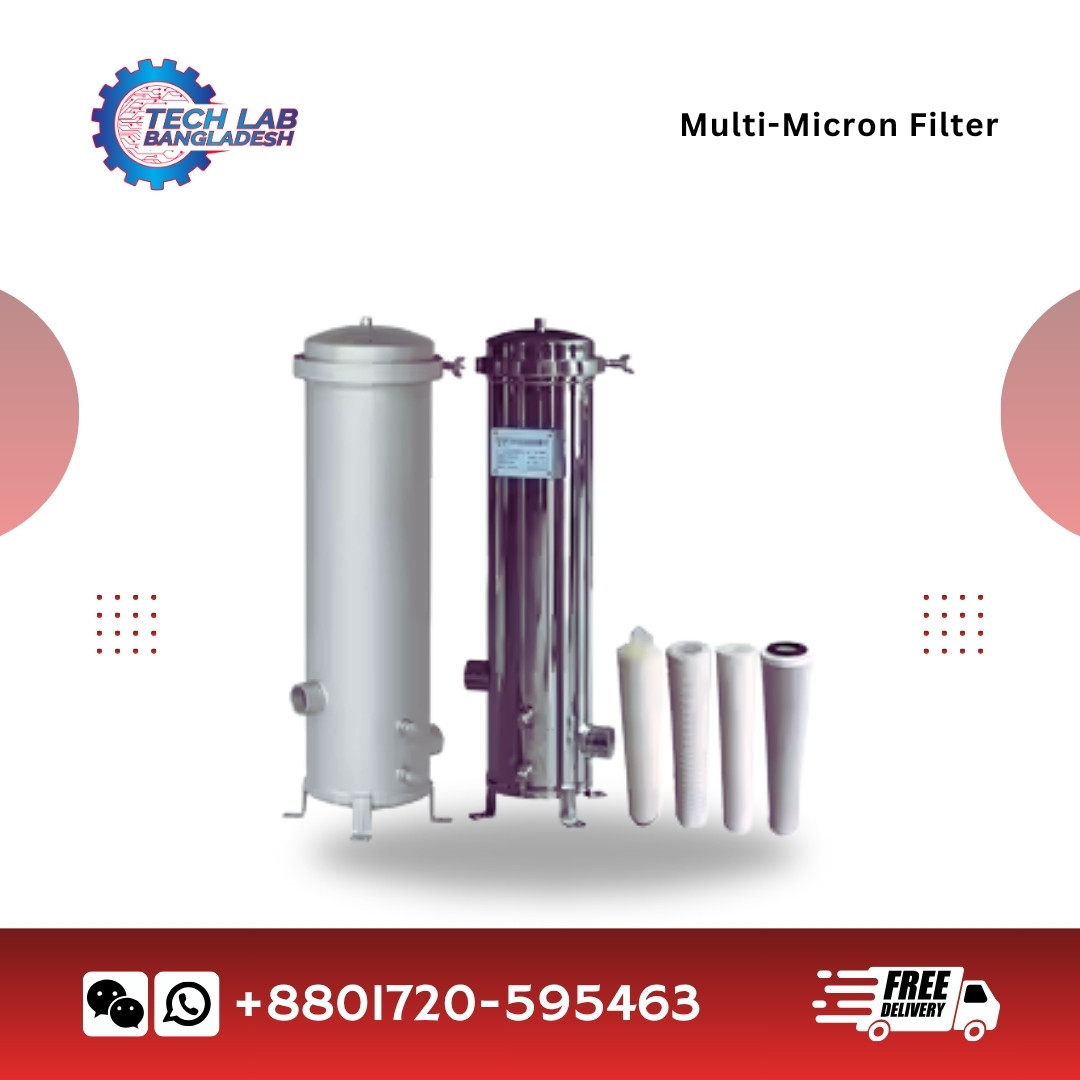

Multi-Micron Filter
(0
reviews)
Share
Top Selling Products
Reviews & Ratings
0.00
out of 5.0
(0
reviews)
There have been no reviews for this product yet.
Under the influence of pressure, liquid enters the interior of the filter, impurities are trapped on the filter element, and the filtrate flows through the filter element to achieve the purpose of filtration.
This usually occurs after multi-media pretreatment filtration and before membrane filtration equipment such as reverse osmosis and ultrafiltration. Used to filter out fine substances (such as tiny quartz sand, activated carbon particles, etc.), bacteria, and other impurities that have been filtered through multiple media.
The working principle is to use different precision holes of the filter element for mechanical filtration. Due to the flow direction, all pollutants may be trapped on the surface and pores of the filter element.
As the filtration time increases, the filter element becomes contaminated with impurities. When the operating resistance increases and the pressure difference between the inlet and outlet water reaches 0.1 MPA, the filter element should be replaced.
This usually occurs after multi-media pretreatment filtration and before membrane filtration equipment such as reverse osmosis and ultrafiltration. Used to filter out fine substances (such as tiny quartz sand, activated carbon particles, etc.), bacteria, and other impurities that have been filtered through multiple media.
The working principle is to use different precision holes of the filter element for mechanical filtration. Due to the flow direction, all pollutants may be trapped on the surface and pores of the filter element.
As the filtration time increases, the filter element becomes contaminated with impurities. When the operating resistance increases and the pressure difference between the inlet and outlet water reaches 0.1 MPA, the filter element should be replaced.


working principle
The working principle of security filters is mainly achieved through physical interception to filter. Specifically, it uses filter cartridges as the filtering medium, which can be made of various materials such as polypropylene (PP) melt blown filter cartridges, wire wound filter cartridges, folding filter cartridges, etc. The fluid is pressed into the interior of the filter under a certain pressure and passes through the filter element from the outside to the inside. When the fluid passes through the filter element, impurities such as suspended particles, colloids, microorganisms, etc. are intercepted on the surface of the filter element or penetrate into the pores of the filter element due to their size being larger than the pore size of the filter element. The clean fluid filtered by the filter element passes through the filter element and is discharged from the outlet of the filter.
The working principle of security filters is mainly achieved through physical interception to filter. Specifically, it uses filter cartridges as the filtering medium, which can be made of various materials such as polypropylene (PP) melt blown filter cartridges, wire wound filter cartridges, folding filter cartridges, etc. The fluid is pressed into the interior of the filter under a certain pressure and passes through the filter element from the outside to the inside. When the fluid passes through the filter element, impurities such as suspended particles, colloids, microorganisms, etc. are intercepted on the surface of the filter element or penetrate into the pores of the filter element due to their size being larger than the pore size of the filter element. The clean fluid filtered by the filter element passes through the filter element and is discharged from the outlet of the filter.
Equipment features
High filtration accuracy: The filter element of the security filter has a uniform pore size, which can efficiently remove small particles from the fluid.
Low filtration resistance: high flux, strong interception ability, long service life.
High material cleanliness: The filter element material has no pollution to the filter medium.
Strong corrosion resistance: able to resist acid, alkali and other chemical solvents.
Easy to maintain: Low cost, low operating expenses, easy to clean, replaceable filter element.
High filtration accuracy: The filter element of the security filter has a uniform pore size, which can efficiently remove small particles from the fluid.
Low filtration resistance: high flux, strong interception ability, long service life.
High material cleanliness: The filter element material has no pollution to the filter medium.
Strong corrosion resistance: able to resist acid, alkali and other chemical solvents.
Easy to maintain: Low cost, low operating expenses, easy to clean, replaceable filter element.

The common filtering techniques of security filters mainly rely on the material and structure of their filter cartridges, as well as the physical interception mechanism during the filtering process. Here are some common security filter filtering techniques:
Related products
Product Queries (0)
Login Or Registerto submit your questions to seller
Other Questions
No none asked to seller yet
Top Selling Products
